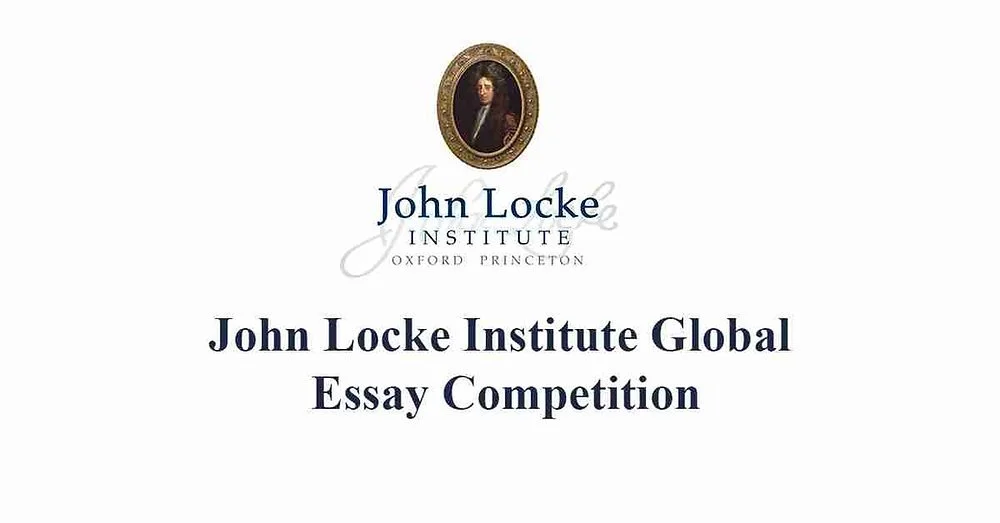History of Art Interview - Wish I'd Known (Expert Oxford Application Advice)
So, you’ve received an invitation to interview at Oxbridge – congratulations! Below is an outline of what to expect, along with some guidance and advice to ensure the best chance of success at interview.
At home, before your interview …
Oxford requires you to include a response to an art object, of no more than 750 words, in your application. It’s worth starting this at the earliest opportunity so that you have plenty of time to draft and redraft it. Hopefully, this should be a reasonably pleasant exercise, not least because you’re not counting the words you’ve written; you don’t have the same agonising frustration of counting characters like in your Personal Statement. Pick any artwork you like, but try to abide by these two criteria: (1) you actually like it (or at least feel some emotion towards it), so you can talk about it enthusiastically at interview; and (2) it’s relatively local to you, so you can make multiple repeat visits to view it – for my response, I selected a painting displayed in a free exhibition held at my local town hall, so I returned to it after school several times. It’s important to view your chosen piece more than once; not only is it amazing just how many aspects of a painting you can either invent or omit without repeatedly viewing it in the flesh, but this is also useful for checking the accuracy of your writing. You’re aiming to record some sort of gut reaction which the painting has instilled in you, then attempt to break down exactly how the painting has caused this reaction; such reactions occur much more readily when viewing the original of your selected work, rather than a photograph or reproduction of it. If you’re struggling with your response, I’d highly recommend getting hold of Sylvan Barnet’s A Short Guide to Writing about Art (multiple editions; second-hand copies currently available on Amazon for around £6, but also available from other reputable sources!) – not the most highbrow of books, but I’ve long regarded it as my ‘secret weapon’ and it should prove invaluable for the purposes of completing this response. Be sure to clearly explain any context to your work: my chosen painting’s exhibition was intended primarily for the enjoyment of visually-impaired people, so visitors were encouraged to touch the paintings which had been specially created with textured media. I remember at the interview, therefore, having to clarify parts of my response, so startled were my interviewers at the thought of me touching fragile exhibits!
Just before your interview, having arrived in Oxbridge …
Most applicants will be invited to stay at the College to which they have applied for the duration of their interviews. This will probably be your first taste of the ‘Collegiate’ lifestyle, living, eating and studying in close proximity to your peers. There are usually some social events planned for interested interviewees; to be honest, your stay is just whatever you choose to make of it. It is unavoidable that you will mingle with other interviewees at some point during your stay, so it’s important not to be intimidated by any applicants of a more pompous nature, especially if they have already been interviewed. Everyone has received the same invitation to interview, so – even if it doesn’t feel like it – it’s a level playing field for these few days. On the day of your interview, dress in whatever clothes you feel comfortable and confident wearing. Interviews are inherently contrived situations, and a three-piece suit might just add to your uneasiness if you’re not used to wearing one.
At your interview: crunch time!
First of all: don’t be late for your interview! Cambridge applicants will be required to complete a written assessment at the interview. Candidates will be given 60 minutes to select and compare two pairs of images from a choice of five pairs. 30 minutes per pair of images is not much time, so you aren’t expected to discuss everything – offer a brief visual description and analysis of each image and then compare the two images. Pick two or three main themes suggested by the images’ juxtaposition and explore them, rather than just listing as many similarities and differences as you can find. If this seems a little daunting and you feel that some practice would be helpful, then please get in touch Doxa Oxbridge and we can provide some mock assessment papers for your benefit.
Most applicants will be interviewed twice by usually two (sometimes three) academic tutors, with each interview lasting approximately 20 minutes. The first interview is a kind of ‘picture round’, where you’ll be shown several (roughly four or five) images of artworks which you have not previously encountered. Each image will be accompanied not so much by a question as a prompt to open up a dialogue between you and your interviewers, such as “how would you go about dating this piece?” Listen carefully to these prompts, but don’t hesitate to ask your interviewers to repeat or clarify them should this be necessary. As said above, you won’t know anything about the artwork put in front of you, so interviewers aren’t expecting you to deliver an eloquent exposition of its subliminal messages. Just think out loud, informing your interviewers which analytical and critical questions you’re asking yourself about the image – is there anything unusual about the work’s content or medium? If it’s a portrait for instance, then what do you learn about the sitter – what are they holding, what are they wearing, where are they looking, what is their posture like? There’s an old saying that “every painter paints himself”, so is there anything you can learn about the artist, even if they aren’t actually depicted in the image? Remember that the artist will often have only been given an outline brief for their work, so will largely have had control of the image’s medium, brushstrokes, composition, etc. In terms of – for example – dating a portrait, then the sitter’s costume is usually a big clue. Ephemera depicted in the painting is also useful, e.g. if a car is parked in the background, the painting is likely to date from no earlier than roughly 1900. Some artists even write their work’s year of completion beside their signature! The interviewers are more interested in your thought processes than the accuracy of the information you’re posing to them, so don’t withhold your theory just because you’re not completely sure of its details. Try your best to keep the dialogue between yourself and your interviewers flowing.
The second interview aims to learn more about you through your written submissions: your Personal Statement, school essays and (for Oxford applicants) your 750-word response to an artwork. Unlike the previous interview where you weren’t supposed to have any background knowledge of the artworks you were analysing, this interview focuses on your specialist subject: yourself! It is therefore very helpful to re-read the work which you submitted and, if it isn’t already clear from your submitted work, have a good think about exactly why History of Art is the perfect course for you – your interviewers will likely be keen to hear these reasons about why you’ve applied to read History of Art and not another subject. On the back of this, you will be expected to know details about the course and the modules it offers. You can be asked about literally anything mentioned in your Personal Statement, so make sure you know it inside out, have done everything you’ve said you’ve done and read everything you’ve claimed to have read. You may find when re-reading your Personal Statement that some things jump out at you as potential questions. For me, I mentioned in my Personal Statement that I wasn’t a fan of contemporary art until I visited an amazing contemporary art exhibition. Unsurprisingly, my interviewers asked me to justify my previously low opinion of contemporary art and summarise the exhibition I attended. If there’s any aspect of your work that you really want to talk about, interviewers should be happy enough to let you steer the conversation around to this.
Just after your interview, but still in Oxbridge …
Sometimes at the interview, candidates are ‘pooled’ i.e. after being interviewed at the College to which they have applied, they are then invited to be interviewed again at another College. If this happens, don’t worry – it neither impacts nor improves your chances of eventually receiving an offer to study. You could think of it as a second chance to impress different interviewers, as you by then will know what to expect at your interview.
The sad fact of the matter is that your return to Oxbridge after interview is not guaranteed, so make the most of your remaining time in Oxbridge after your interviews: take a good look around your College, visit some galleries and museums, attend a service of Choral Evensong, even go punting if you don’t mind bitter December weather … there’s something for everyone. This is more than just mindless recreation: after a high-octane life event such as your Oxbridge interview, I’d say that a relaxing activity is both cathartic and important.
Any final advice?
Do your research, read through your submitted work a few times and practise talking about images before your interview. The old adage is certainly true: “by failing to prepare, you are preparing to fail”.
Mad though this sounds, try to enjoy your interviews – your Oxbridge interview experience is ‘once-in-a-lifetime’ and something to tell your grandchildren about. As interviews should be two-way discussions, if you enjoyed them then likely your interviewers did too.
Engage your interviewers in the conversation by making eye contact with the interviewer who has prompted you, occasionally glancing at any other interviewers while you are speaking.
Bonne chance!
This article was written by Craig (Oxford - History of Art).
If you find this content useful, please visit Craig's profile for further information on applying to Oxbridge. Alternatively, book support now with Craig, using the form below.
Author: Craig - Oxford
BA History of Art
I studied as an undergraduate at Christ Church between 2012 and 2015, during which time I enjoyed internship opportunities at Hatfield House, Stowe House and the college’s own unique Picture Gallery.



